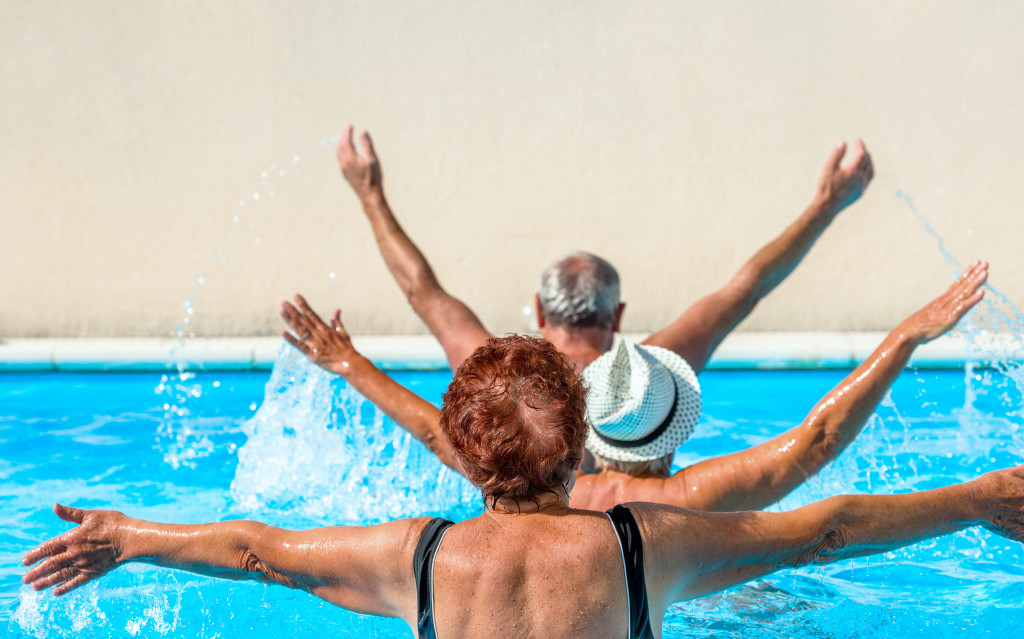As people age, they often struggle with various tasks that were once easy. This can be due to several factors, including physical and mental decline. However, many older adults can now live more comfortable and fulfilling lives thanks to modern technology. In this article, we will explore how technology improves the lives of the elderly.
Staying Connected With Loved Ones
One way technology benefits the elderly is by helping them stay connected with loved ones. In the past, it was often difficult for older adults to maintain contact with family and friends, but now there are several ways to stay in touch. For example, video calling apps such as Skype and Facetime allow people to see and talk to each other, no matter where they are. Social media platforms such as Facebook and Twitter make it easy to keep up with what loved ones are doing and share news and experiences.
Several apps and devices can help older adults stay connected with their loved ones more practically. For example, the ‘Life360’ app can track the location of family members and share important information such as medical conditions and allergies. The ‘Emergency Contact app allows users to store vital information such as blood type and medication list, which emergency services can access if the user cannot do so.
Even the expert senior home care service providers use the technology to stay connected with the elderly. They offer unparalleled care to seniors with the help of technologies like smart wearables. The wearables can gather real-time data about the vitals, which the care providers can use to offer preventive care to the seniors.
Making Everyday Tasks Easier
Another way technology improves the lives of the elderly is by making everyday tasks easier. There are now several devices and apps that can help with everything from grocery shopping to staying active.

For example, several grocery delivery services allow people to shop online and deliver their groceries to their door. This can be a great help for older adults who struggle to get to the supermarket. Several apps can help with cooking, such as ‘Paprika,’ allowing users to create and manage digital recipe collections.
Several devices and apps can help older people to stay active and independent. For example, the ‘Fitbit app can track steps taken and calories burned, set goals, and monitor progress. The ‘MyFitnessPal app can also be used to follow a diet and exercise and set goals. Several devices can help with mobility, such as electric scooters and stairlifts.
Virtual/Robot Assistants
As our population ages, many of us provide care for elderly parents or grandparents. This can be a difficult and demanding task, as our loved ones may need help with basic activities of daily living such as bathing, dressing, and eating. Fortunately, new technologies are emerging to help make the caregiving process easier. Virtual assistants such as Amazon’s Alexa and Google Home can provide hands-free assistance with turning on lights, setting alarms, and playing music.
In addition, there are now robot assistants that can provide more general help around the house. These robots can be programmed to perform simple tasks like fetching a drink or bringing a blanket. As these technologies continue to develop, they will likely play an increasingly important role in helping us to care for our aging loved ones.
Emergency Response Services
It can be challenging for elderly people to summon help in a fall or other emergency. Fortunately, there are now several devices and apps that can assist in these situations. For example, the ‘SOS button app can be used to send an emergency message to designated contacts with your location. The ‘GoodSamaritan app can also be used to send an emergency message and your location to nearby people who have the app installed. In addition, there are now several personal alert devices that can be worn around the neck or wrist and used to summon help in an emergency.
Emergency response services are vital for the safety of elderly citizens. In the event of a fall or other accident, every second counts for getting help. Traditional systems relied on landowners to check in on their elderly neighbors and provide assistance in an emergency. However, these systems were unreliable, as landowner schedules could change, and not everyone was conscientious about checking in. Several technological advances have made emergency response services more reliable and effective today. For example, many homes now have security systems with panic buttons that can immediately summon help in an emergency. In addition, GPS tracking devices can be used to locate elderly citizens who wander away from home. As a result of these advances, elderly citizens can enjoy a higher level of safety and independence.
Technology is greatly improving the lives of the elderly. It provides them with new ways to stay connected with loved ones, helping them perform everyday tasks more easily and giving them greater independence. In addition, technology is also playing a vital role in emergency response services, ensuring that elderly citizens can get the help they need on time. As technology continues to develop, even more advances will likely be made that improve the lives of the elderly.
